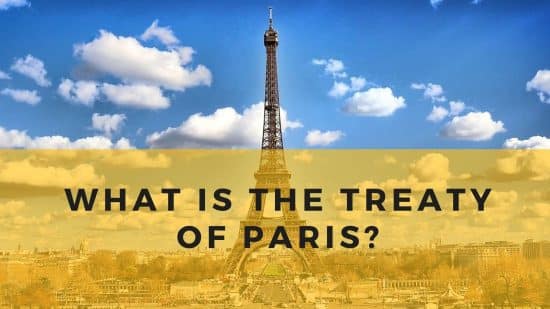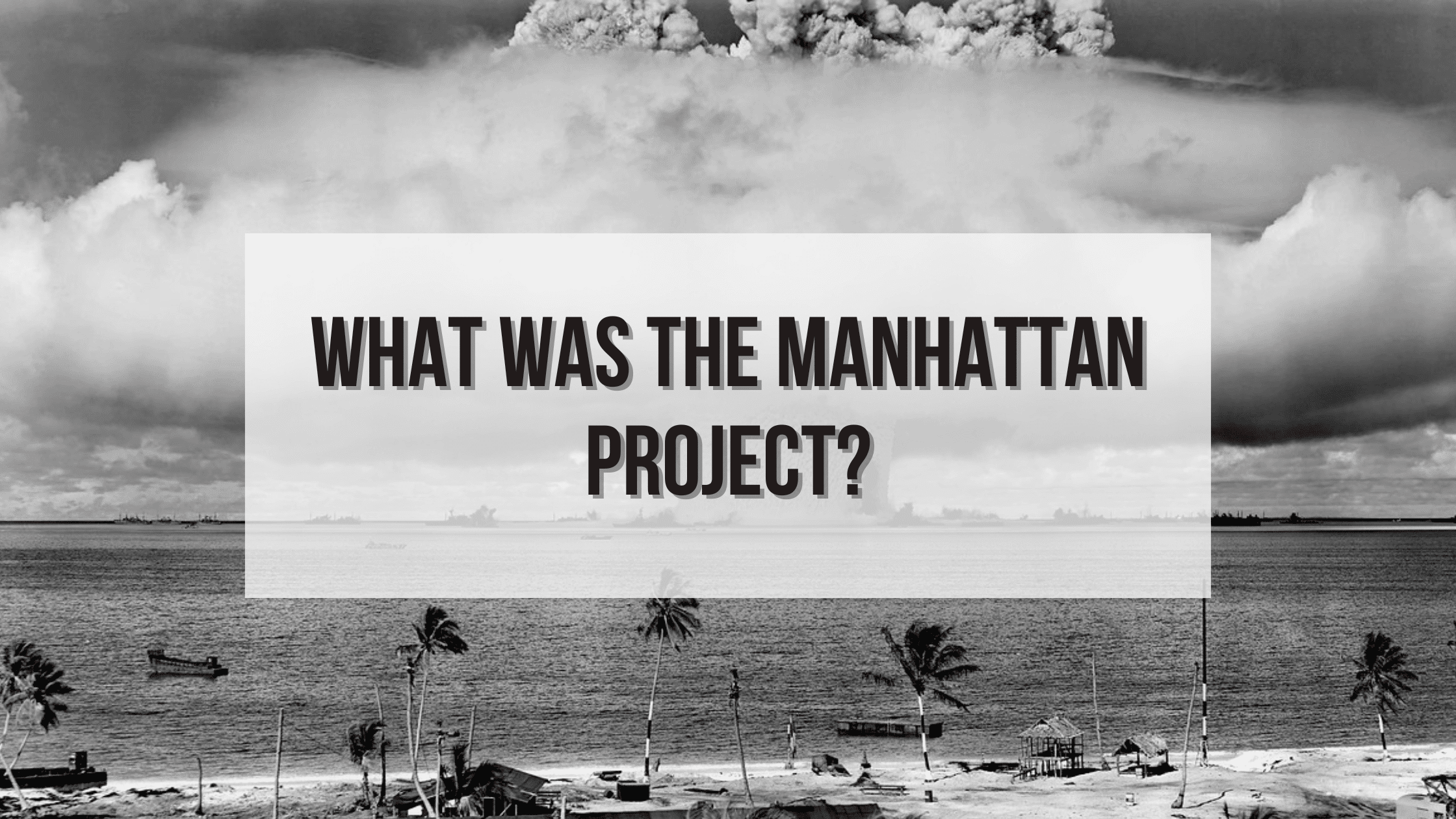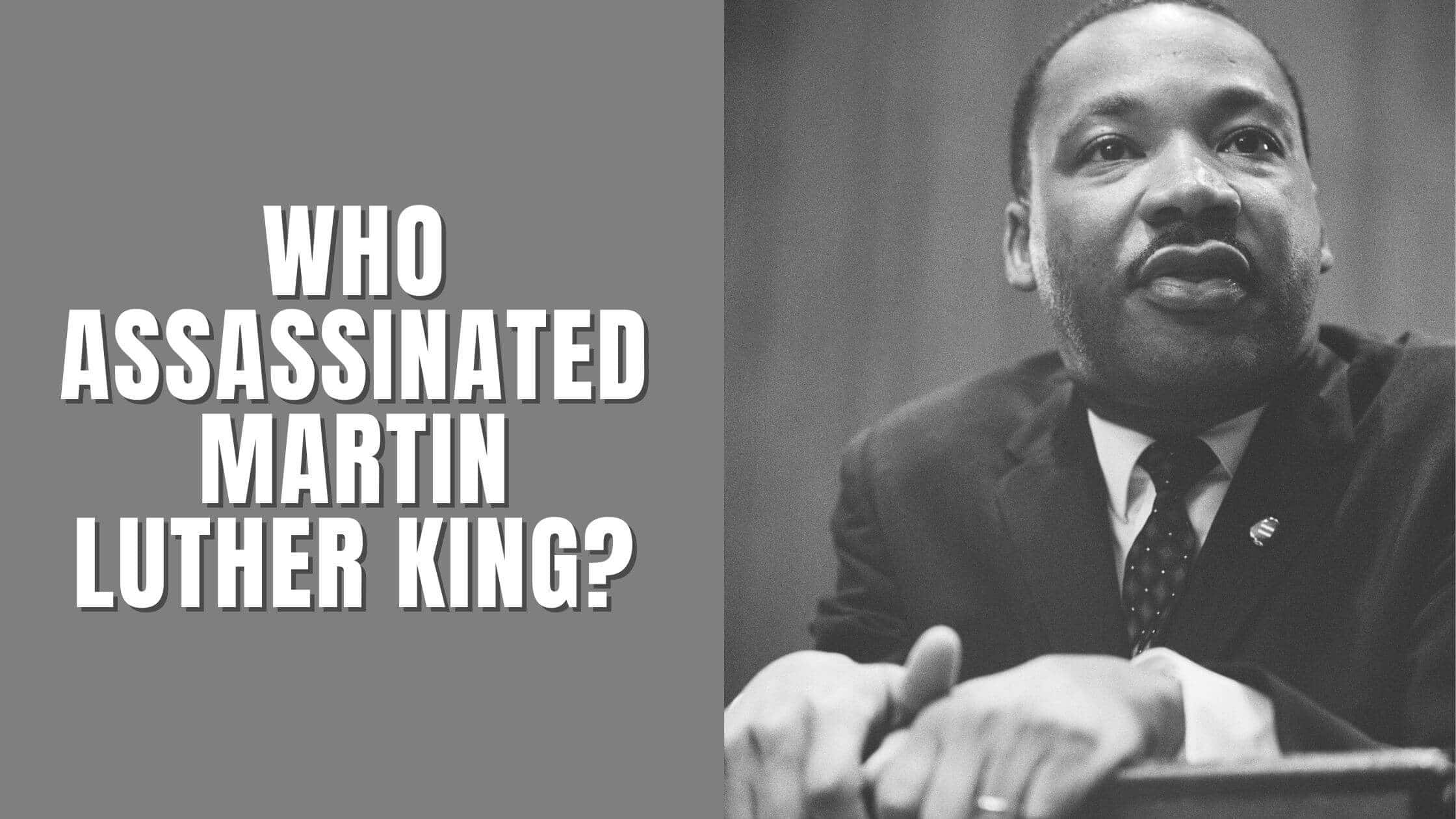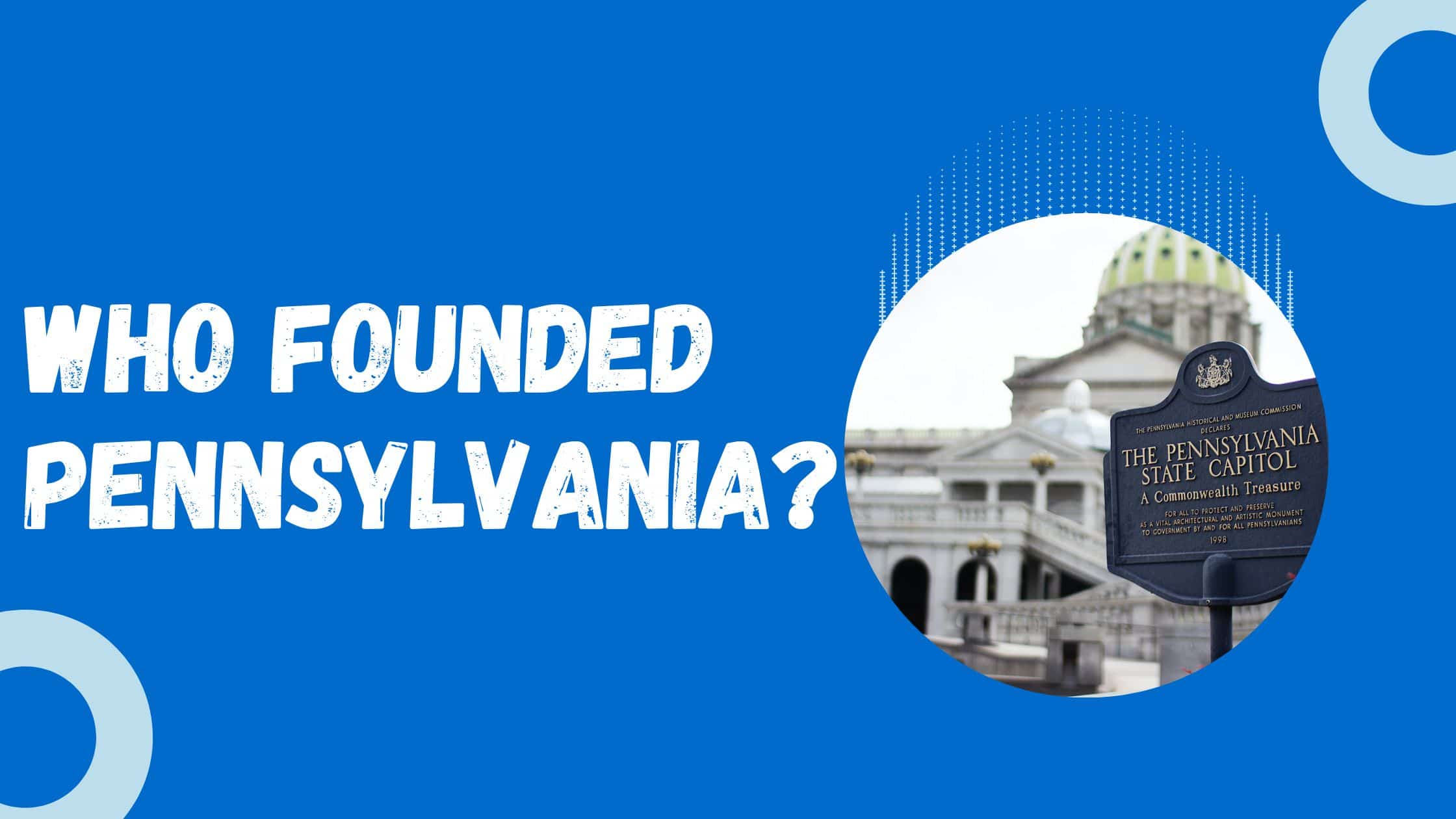About the Treaty of Paris?
On July 4th, 1776, the Second Continental Congress of the United States of America adopted the Declaration of Independence. Subsequently, the day has been fondly celebrated as Independence Day to mark the moment that the nation officially broke away from Great Britain. The date makes a lot of sense when you consider the symbolism of the document and its signatures. It was a clear moment of defiance that shifted the nation on its new course.
However, the Revolutionary War that sparked the idea of independence in the first place wasn’t officially over. In a time of conflict, there are often staggered dates from the end of conflicts, agreements for peace, and the actual official end to the war. This was the same for the United States and Great Britain during the Revolutionary War.
Revolutionary War’s End Necessitated a Treaty
The end of the American Revolutionary War required a peace treaty. America may have declared independence in 1776, but the war’s official end didn’t come until 1783. This was when the finer details of negotiations between the two nations were worked out so that the United States could claim to be utterly free of Great Britain.
There were lines to draw on maps that would satisfy each party and agreements on certain rights. We know from recent history just how tricky and long-winded this can all get from the Brexit talks between Great Britain and the European Union. It wasn’t much different back then.

Get Smarter on US News, History, and the Constitution
Join the thousands of fellow patriots who rely on our 5-minute newsletter to stay informed on the key events and trends that shaped our nation's past and continue to shape its present.

Why is it Called the Treaty of Paris?
The nations created the Definitive Treaty of Peace between Great Britain and the United States of America. This is the official name for the treaty between the nations, but it more commonly goes by the name Treaty of Paris for brevity’s sake. It represents the city in which the document was signed, where the French were most keen to get a treaty in order, despite all of their ideas not being appreciated.
The only problem is that there were many Treaties of Paris due to the city’s rputation as a suitable meeting place for drawing up these kinds of agreements. There was another in 1763 for a conflict the United States was not involved in. Yet, the two are often confused. Of course, much later, the Paris Peace Conference of 1919 led to the Treaty of Versailles.
Who Took Part in the Peace Negotiations with Great Britain?
There were four representatives for the United States present at the peace negotiations, Benjamin Franklin, John Adams, John Jay, and Henry Laurens. Each had played a significant role in the American Revolution, and most had great political careers.

Henry Laurens may not be the most well-known name of the four right now, but at the time was a former President of the Continental Congress. This was the role that preceded that of the President of the United States. He served through the majority of 1778, making him a prime candidate for this job.
Jon Jay took over the presidency – later becoming United States Minister to Spain. After signing the Treaty of Paris, he was appointed to top cabinet roles by George Washington.
John Adams held many ministerial roles, would become the United States Minister to the United Kingdom shortly after the Treaty, and then the 2nd President of the United States in 1797. As for Franklin, after helping draft the Declaration of Independence, he would also hold various ministerial roles.
The Signing of the Paris Peace Treaty
The treaty was drafted on November 30th, 1782, more than six years after independence had been declared. One reason that the treaty took a while to finalize was the dispute over the borders of the United States. The land occupied by the nation from coast to coast is entirely different from what was available in 1782, and the Americans, British, and Spanish all had to be satisfied with the outcome.
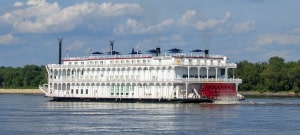
The original plan saw the United States confined to the land it had to the East of the Appalachians. The United States refused, and John Jay went to the British directly for a better offer. This turned out to be a wise move as they gained land down as far as Florida, east to the Mississippi River, and up to the border with Canada.
The borders weren’t the only issue hotly contested by the nations, as there were the matters of fishing rights and financial issues. In the end, the parties created a series of articles for agreement, and the document was signed almost a full year later, on September 3rd, 1783. Tensions were high during the process, as is clear from a painting of the era.
The artist Benjamin West painted the signing of the document to preserve the moment of history. The piece is deliberately unfinished, with the American attendees painted in full and a gap for the British.
The Ratification of the Treaty of Paris
For the treaty to come into effect, it needed to be ratified. On January 14th, 1784, Congress did so in the Old Senate Chamber of the Maryland State House. This led to Annapolis becoming the temporary national capital before Washington, D.C.
The Articles of the Treaty of Paris
Many significant clauses in the Treaty of Paris would underline the agreements between all those attending the negotiations. They were as follows:
1) The acknowledgment of the sovereignty of the United States.
This was an obvious place to start. For the United States to be genuinely independent, Great Britain had to acknowledge that fact and recognize the full list of free and independent states. In doing so, they would also promise to give up any right to any territory, property, or form of government within those states. The term officially severed any last remaining ties.
2) The acknowledgment of the boundaries of the United States.
At the same time, Britain had to sign that they agreed to those new land boundaries mentioned above. This meant promising to honor those lines, such as the geographical border of the Mississippi River and giving up land that once belonged to them. As a result the United States was now free to expand into its secured lands without fear of repercussions. It also led to a related clause as follows.
3) The promise that Great Britain and the United States had perpetual access to the Mississippi River.
4) The creation of rights for United States fishermen.
As a new nation with many coastlines to take advantage of, the United States needed clearance to send its fishing boats into these waters. Permission was granted to access the coast around Newfoundland, Grand Banks, and the Gulf of Saint Lawrence.
5) The promise to deal with “lawful contracted debts” and pay the associate creditors.
6) The recognition of Loyalists as rightful owners of confiscated lands.
Loyalists and British subjects in America at the time had been subject to confiscations of property and land. This article called on Congress to recommend that state legislatures recognize their rights to restitution.
7) The prevention of any future confiscations of the property of Loyalists.
8) The release of prisoners of war on both sides.
This should not have been an issue in a peace negotiation, but it still needed to be there in writing for clarification. Both sides would ensure that anyone still held captive would be released.
9) The assurance that all British property within the former colonies was to be forfeited.
Just as all land within the agreed borders now belonged to the Americans, so did anything else belonging to the British.
10) The promise that any territories captured by either side following the treaty would be returned without compensation.
11) That ratification of the treaty must be completed within six months of its signing.
This was the case, with the signature in Annapolis in the following January and the subsequent actions on the British side on April 9th, 1784.
The document talks a lot about what the United States gained from the Treaty of Paris. It all sounds like a great deal from these terms alone, especially the factors with the borders and the British giving up rights to property. However, there were also losses from the moment they were officially independent of British rule. The protection awarded under the British Empire was gone.
The Treaty of Paris in 1783 was a Landmark Moment for Independence
The Declaration of Independence will always go down as the most important document for the creation of a free United States. But, the Treaty of Paris is just as necessary for the way it finally severed those last remaining ties and acknowledged the United States as a free nation. The terms meant recognition and the chance for the country to look beyond its current political and geographical constraints.
